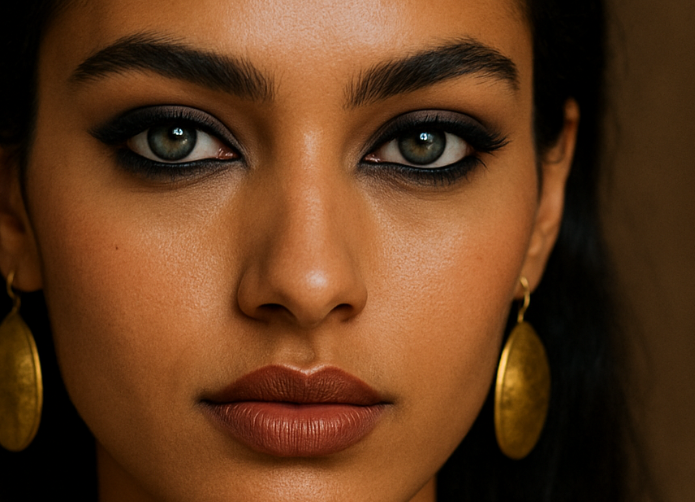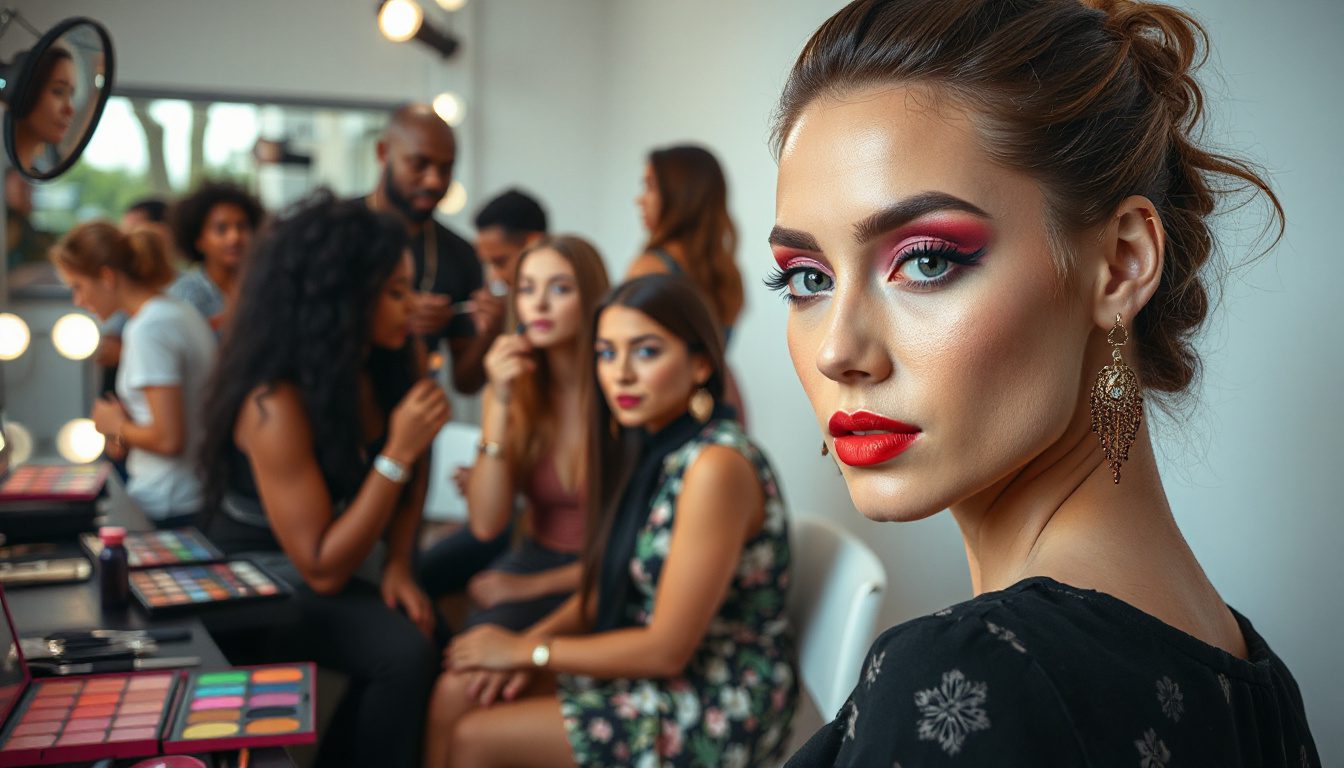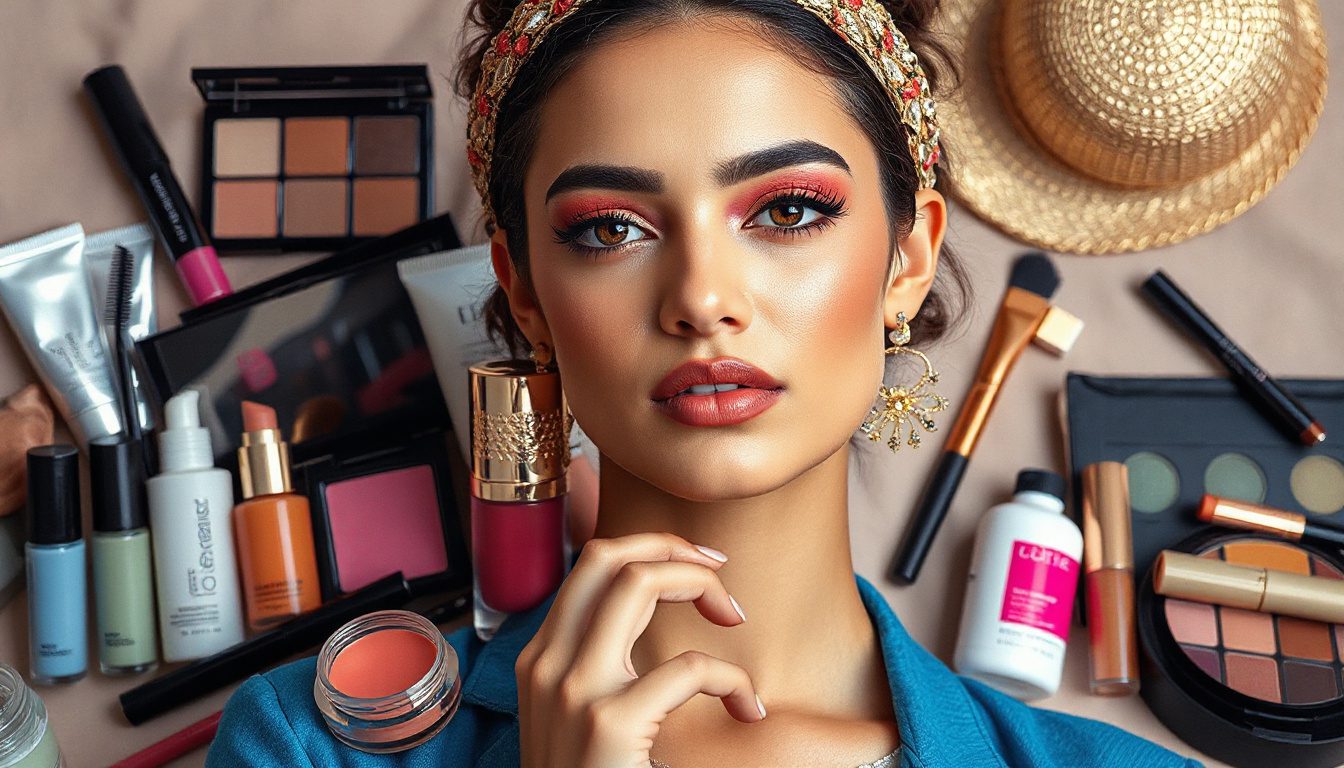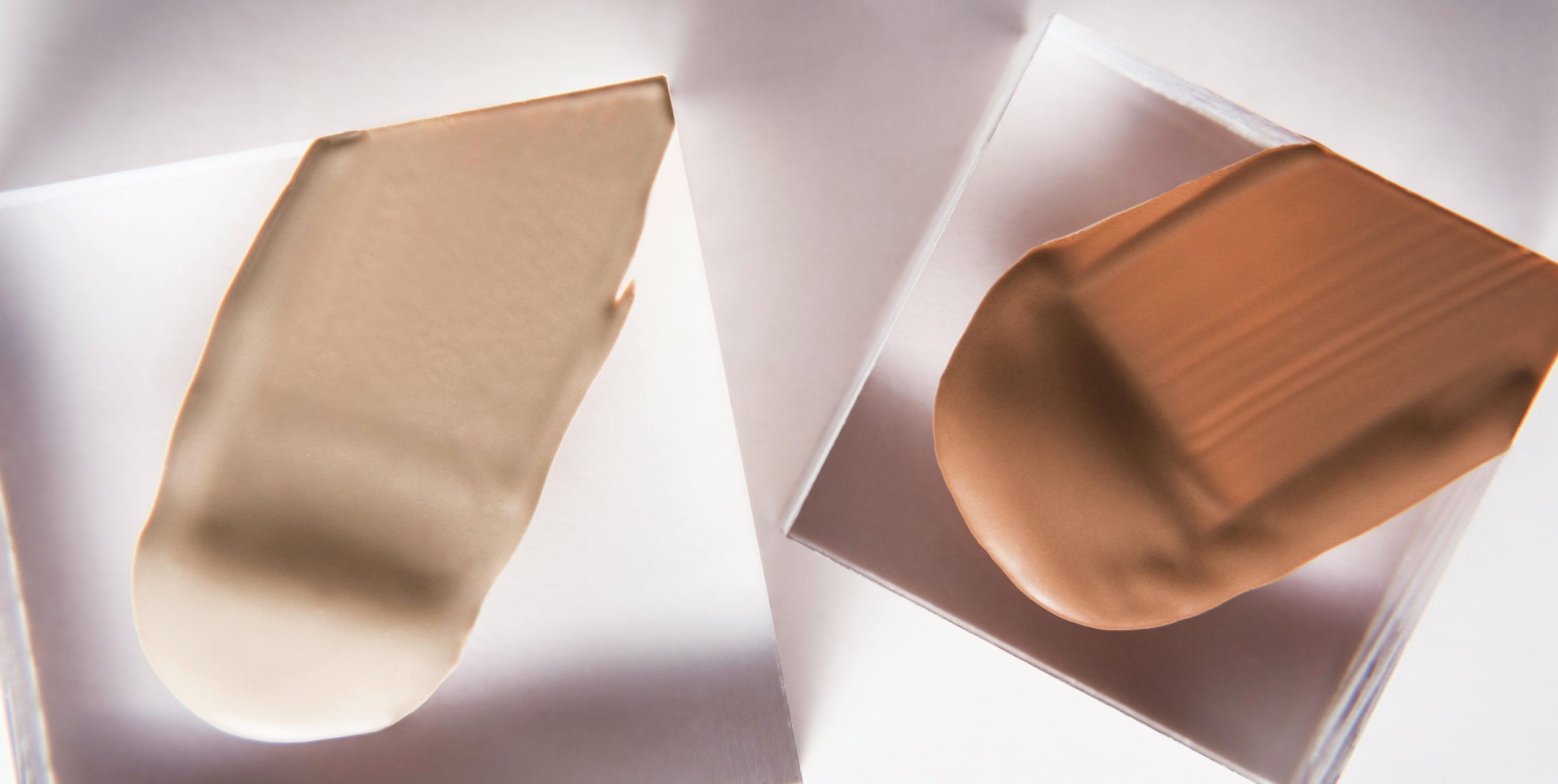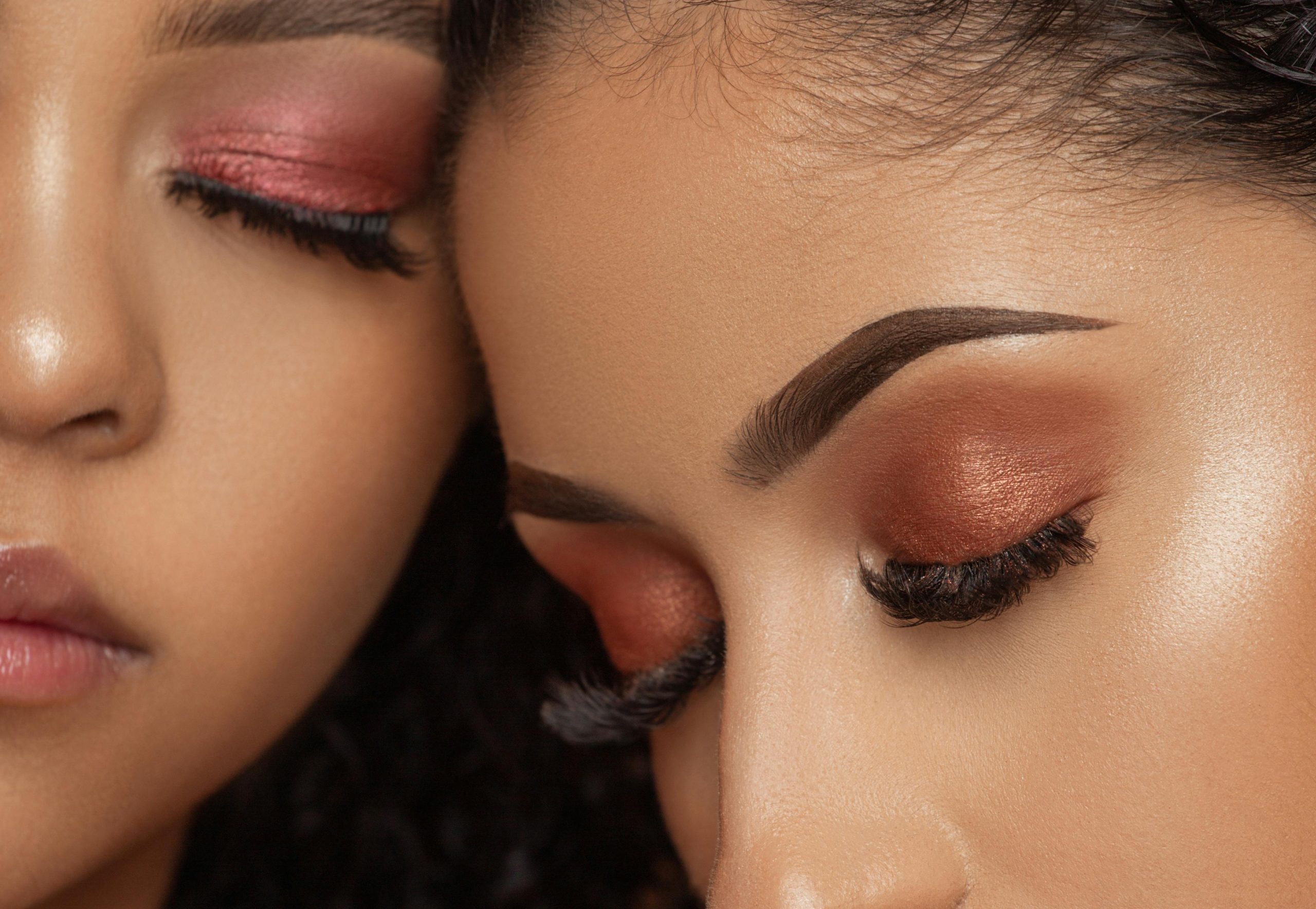History, Beauty, and the Sultry Eye
For thousands of years, khol eyeliner has been more than makeup—it has been a symbol of beauty, mysticism, and even medicine. From the palaces of Egypt to the deserts of Arabia, this deep black pigment defined entire cultures, shaping the way eyes have been adorned for millennia. Today, khol still carries its legacy: simple, dramatic, and effortlessly elegant.
A Journey Through Time
The story of khol stretches back over 6,000 years, beginning in ancient Egypt. Both men and women rimmed their eyes with black and green pigments made from galena and malachite. The bold look wasn’t just aesthetic—it was practical. Khol shielded eyes from the blazing desert sun, reduced glare, and was believed to protect against infections. It also carried spiritual weight, thought to ward off the “evil eye.”
Across the Middle East, North Africa, and South Asia, khol became part of everyday life. In India, it is known as kajal and applied not only to define the eyes but also to enhance spiritual energy. In Morocco and other North African regions, mothers would line their children’s eyes with khol to strengthen vision and provide protection. Its use spread along trade routes, blending beauty rituals with cultural identity.
The Sultry Secret of Khol
Unlike many modern eyeliners, khol naturally smokes out as it sets, creating depth and shadow that make the eyes appear larger, darker, and more intense. This effortless blur is why khol is often called the original smoky eye. Just one sweep along the lash line transforms the gaze into something mysterious, sultry, and unforgettable.
The rich black pigment clings to the waterline and lashes, amplifying contrast in the whites of the eyes, making them look brighter and more defined. No other eyeliner offers quite the same drama with so little effort.
How to Apply Khol Like the Ancients
One of khol’s enduring appeals is its ease of use. Here’s how to master it:
- For the Waterline (Traditional Look):
Gently pull down the lower lid and glide the khol along the inner rim. This instantly darkens and defines the eye with bold intensity. - For a Smudged, Smoky Effect:
Apply khol along the upper and lower lash lines, then lightly blend with your finger or a smudge brush. Khol’s soft texture naturally diffuses, creating that timeless smoky haze. - For a Modern Wing:
Start at the inner corner and draw a line outward, extending past the corner of your eye. Because khol is pliable, you can easily sharpen or soften the look.
Whether worn sharp and bold or soft and smudged, khol adapts to your style.
Learn By Watching
Want to see the technique in action? Watch this short tutorial for applying khol to get that dramatic, sultry silhouette:
Watch the Tutorial → YouTube Short
Let the visual guide help you see the strokes, the smudge, the flow—sometimes seeing it makes all the difference!
Why Khol Still Captivates
Khol’s enduring charm lies in its simplicity and versatility. It’s one product that delivers a regal, dramatic finish while nodding to a history that connects us to the beauty rituals of our ancestors. It is as relevant on today’s runways as it was in Cleopatra’s throne room.
If you’d like to bring this ancient beauty ritual into your own routine, try khol eyeliner here: Khol Eyeliner on Amazon.
💡 Note: This is an Amazon affiliate link which we earn a commission from at no extra cost to you. Every purchase helps keep Forence AI, your personal beauty assistant, free to users!

